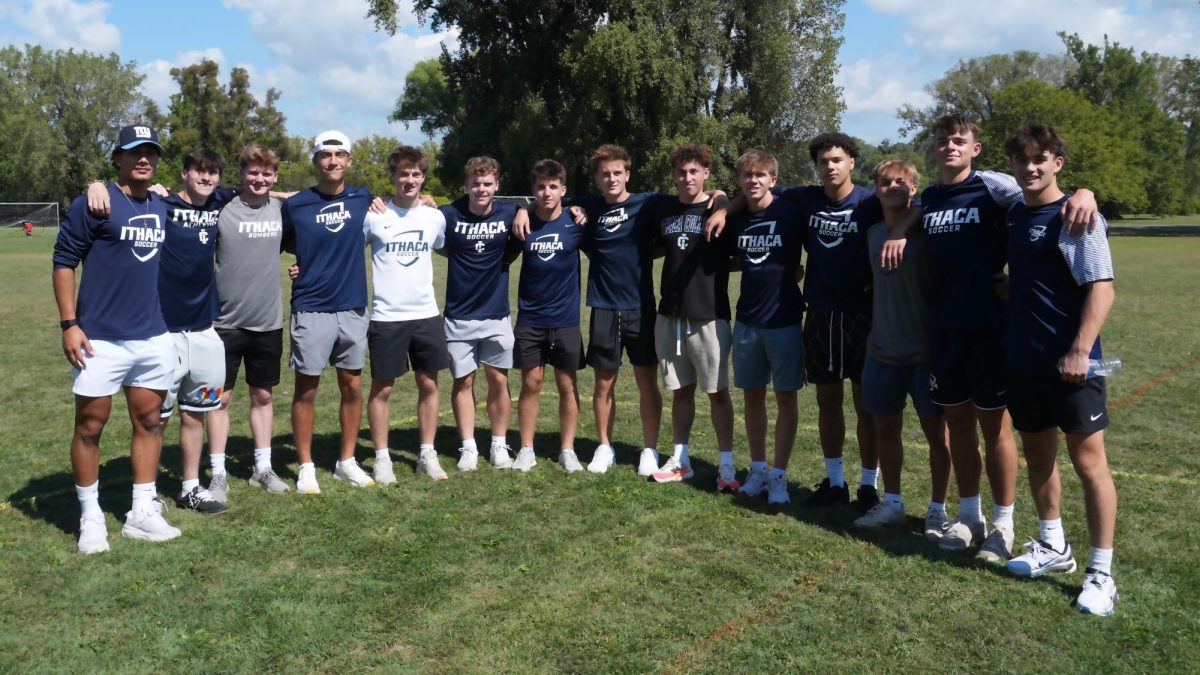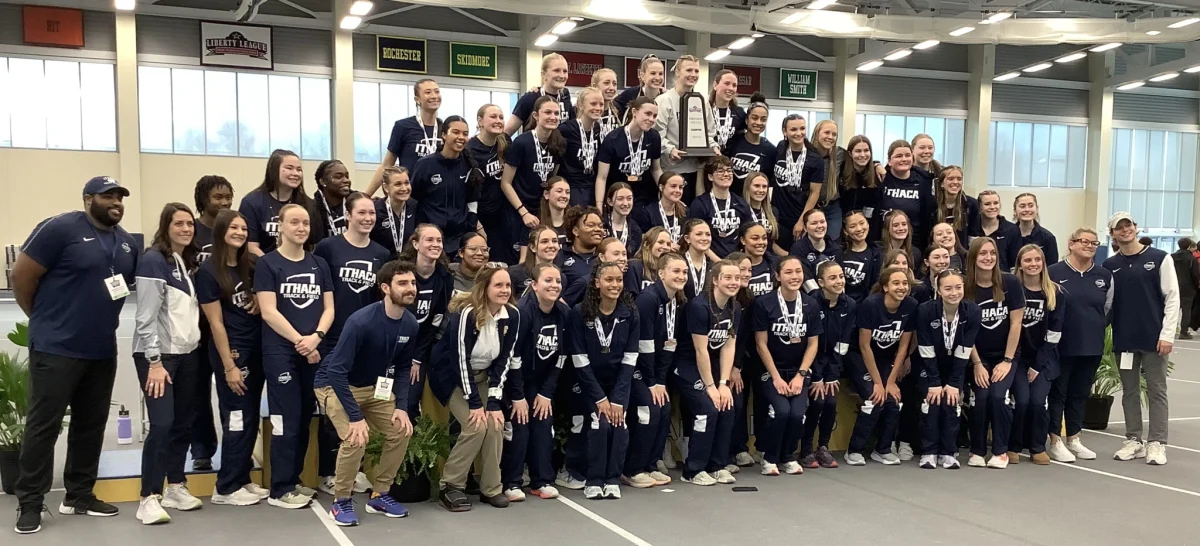In most parts of the United States April 1st is known for the farcical holiday, April Fools, and the reincarnation of America’s pastime, as the Major League Baseball Season kicks off after a long winter of inactivity on Opening Day.
However, for the denizens of upstate New York, an expansive region stretching from the Great Lakes down to the Southern Tier and up to the Quebec border, April 1st marks the start of a different season; one in which trout and not pennants are the prize.
“It’s pretty popular, on opening day you would have been elbow-to-elbow with other anglers on Catherine Creek and other Finger Lakes tributaries,” said Jim Everard, a fisheries biologist for the New York State Department of Environmental Conservation (DEC).
[swfobject]1267[/swfobject]
One of those anglers was John Ward, a licensed guide in the Finger Lakes beginning his fourth season with the Ithaca Rod Company.
“I get out and fish practically every day…I have been fly-fishing now almost ten years,” said Ward.
Originally from the Princeton area of New Jersey, Ward has been chasing the prize for years. Initially, his experience was built on trials and tribulations.
“I spent three fishless years with my fly rod until I met my fly-fishing guru, Joe Cambridge, who teaches a course at TC3…he really helped me to simplify things, to start at the beginning and sort of work my way up, understand the first few facets involved and work my way up off that,” said Ward.
Anglers sharing Ward’s passion, he often sports a pewter pin depicting the likeness of a trout, can be found lining creeks in the Southern Tier throughout the spring months.
“The Susquehanna watershed is more likely to have streams, or sections of streams with year-round trout habitat than the watershed of the Finger Lakes themselves,” said Chris Olney, the Director of Stewardship, at the Finger Lakes Land Trust and a fisherman himself.
The tributaries of the Susquehanna watershed has enough cold water through the summer to keep trout there year round, while the tributaries surrounding the Finger Lakes consist of streams that tend to be warmer and have less water in the summer leaving them without trout during the hottest months, Olney describes.
However, the creeks around the Finger Lakes have runs of spawning trout during the spring and fall, Olney added.
“The DEC manages fisheries across the state, while habitat management on other properties is undertaken by several different groups.
One of these groups, the Finger Lakes Land Trust, is a non-profit, which helps to protect the environmental integrity of the forests throughout the Finger Lakes.
Other agencies of the government of New York State, mainly the DEC, which is split into eight subdivisions to more efficiently cover each area of the state, regulates the dates and quantities of fish anglers are allowed to catch, in order to ensure a healthy and thriving trout population.
According to the Finger Lakes and Tributaries Regulations for 2013, the open season on most trout runs from April 1st through October 15th. There are no size restrictions on the fish, but anglers must not catch more than five a day.
Additionally, these regulations note that when it comes to Lake Trout, a daily quota of three fish cannot be exceeded and there is a minimum length requirement of 21” for those fishermen who do not intend to release their catch.
Olney readily recognizes the importance of maintaining the environmental integrity of wild lands throughout the Southern Tier.
“When water comes off properties clean and clear, it helps maintain the habitat of trout and other animals,” said Olney.
As long as trout habitats are maintained, allowing wild trout to spawn and ensure stable populations for years to come, anglers young and old will continue to hone their craft; the art of fly fishing.
Commenting on the seemingly difficult nature of learning how to fly-fish, Ward was adamant describing the misperception surrounding the mysterious nature of the sport.
“Once you understand a few simple things, it is a very simple sport. There is a very simple formula to make it work and make it easy, than you can expand on that and make the sport as complicated as you want.”







